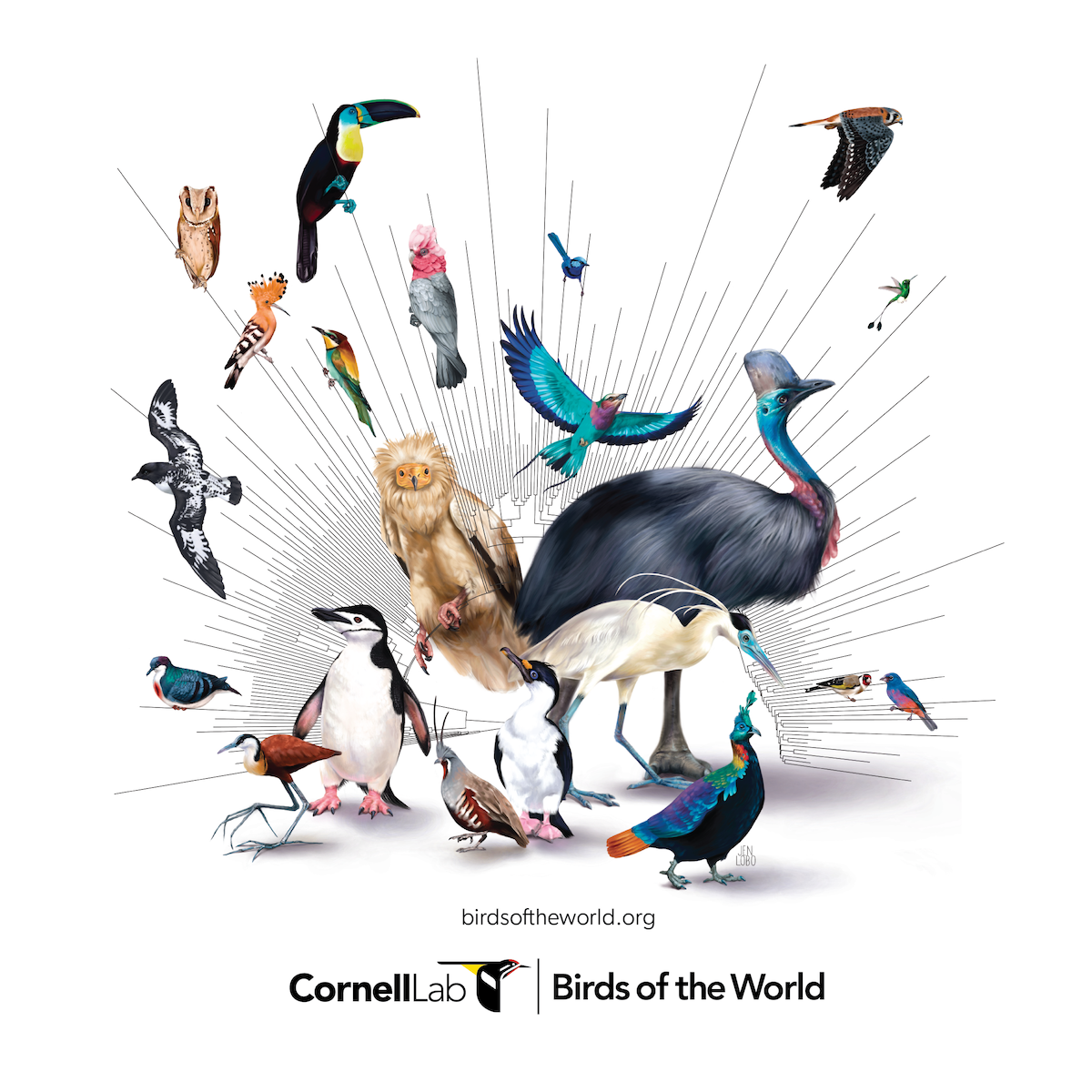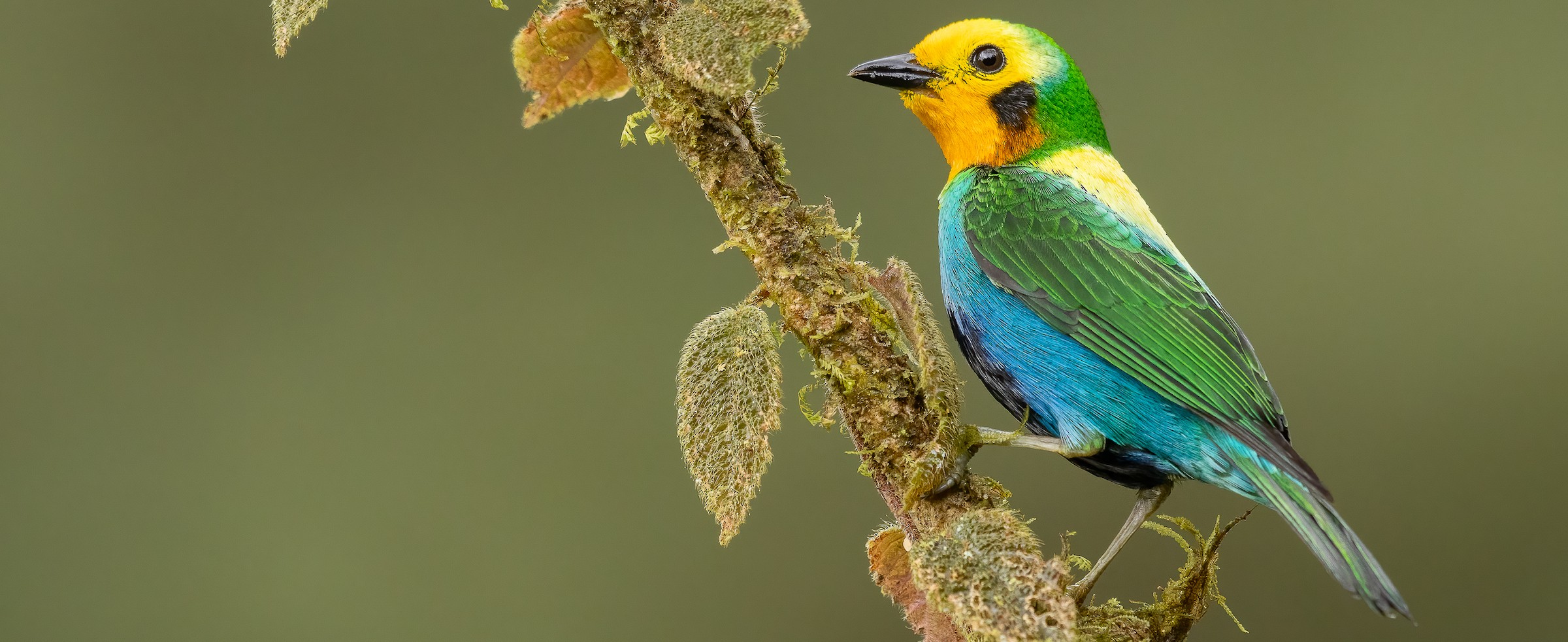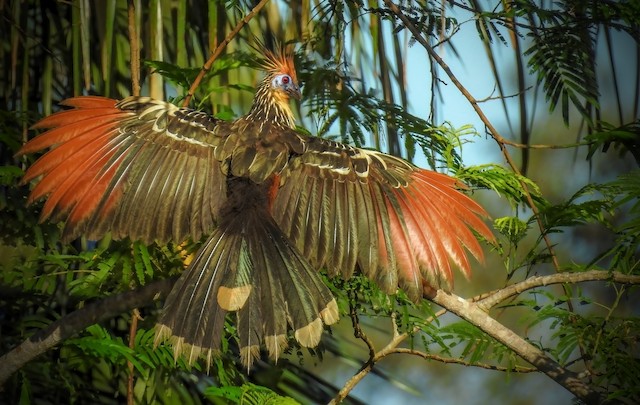
We’re hiring! Postdoctoral Associate
Birds of the World is looking for a postdoctoral associate. This position resides with the Lab’s Birds of the World (BOW) team, although it is also closely connected to the broader groups and infrastructure through which all the Lab’s avian databases are consolidated.








































